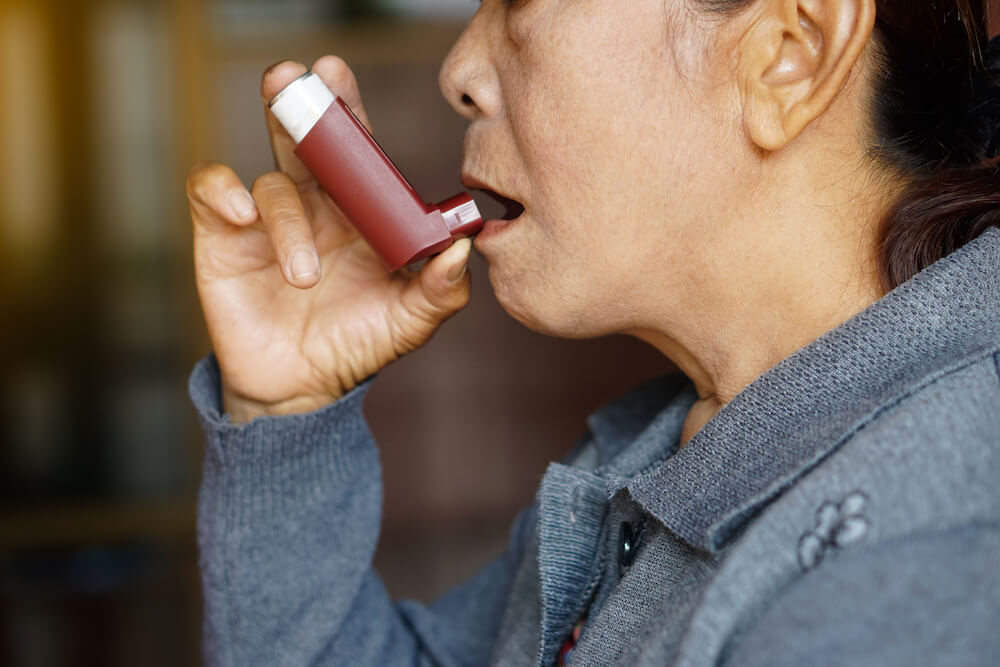There are lots of choices and actions to address indoor air quality impacts. Prevention is often the most helpful and lowest cost way to improve and protect indoor air quality.
For instance, select building materials and other products with care. These can be cleaning products, appliances, and office equipment. Follow manufacturer’s guidance; if a product is to be used with ventilation, use the product outside or increase air flow to the areas.
Here are some more measures to consider:
Minimize or Avoid Burning Inside
- Adjust gas stoves to emit fewer pollutants.
- Avoid lighting candles, incense, or other burnable materials.
- If you smoke, do it outside.
- All fireplaces pollute the air. Wood fireplaces are worse than gas. They can also reduce the amount of oxygen in the room if outdoor air isn’t supplied to them.
Avoid Air Fresheners and other Scented Products
Avoid air fresheners, which release poisons from the scents. Instead, sprinkle baking soda on carpets or simply leave it open in a container to absorb bad odors, instead of just masking them. Beware of some scented products that you might not expect to find, like scented bedding. Asthma-friendly fragrance-free bedding is available. Essential oils are sometimes recommended as a good alternative to air fresheners; however, use caution as these are medicinal and can be poisonous if misused.
Let BuildingLens Advance
Your Building Acumen Today.
Keep Rooms as Clean as Possible
Dust regularly. Remove clutter to make this easier.
Vacuum regularly. Carpets trap many pollutants. The thicker the carpet, the more likely it is to do so. CAUTION: Vacuum cleaners can leak dust before it even goes through the filter. Buy a vacuum with a “sealed system” that uses a HEPA filter. If you smell burning dust or a bad odor, it’s likely the vacuum is not sealed.
Cleaning products
Cleaning products often contain a number of harmful ingredients. Many are known to cause cancer and birth defects. They also pollute rivers and streams. The EPA’s Safer Choice program, certifies cleaners that are more safe for human health and the environment. Browse certified products here.
Keep Pests Out
Prevent pests from coming into a building:
- Caulk and seal cracks.
- Clean and bathe pets often. Control fleas and ticks with a collar or chewables.
- Keep trash under control.
- Put out traps to control insects and mice.
- Repel pests. There are many natural ways to repel pests. Some plants have antibacterial properties and work as natural pest repellents. Citronella and catnip are two examples. They can be placed near doors and windows to repel pests. Use pesticides as a last resort. Pesticides must be used with care and according to instructions to prevent harm to human health. Do not store pesticides inside since this could reduce indoor air quality.
Select Building Materials, Furniture, and Appliances with Care
Many building materials, new furniture, and appliances off-gas poisons. One very common family of those are Volatile Organic Compounds (or VOCs). Buy used furniture and/or salvaged building materials to protect indoor air quality. These materials tend to off-gas over time and eventually become safe. Many copiers and printers give rise to ozone and particles. Some manufacturers are offering low- to no-ozone options.
